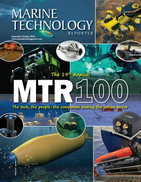Watch real time exploration of deep sea corals, sponges and World War II aircraft carrier
NOAA Ship Okeanos Explorer began a series of expeditions on February 25 to explore America's vast marine protected areas in the central and western Pacific Ocean. Scientists will use unmanned remotely operated vehicles (ROVs) that can dive down 3.7 miles to explore never-before-seen deepwater habitats and minerals, marine animals and potentially, a World War II aircraft carrier. The dives will be broadcast live from the seafloor, allowing the public to watch in real-time.
"Watching our ROV dives is exciting. Broadcasting these dives allows the public to follow along as NOAA explores these remote protected areas and the unique natural and cultural resources within them," said Craig McLean, assistant NOAA administrator for NOAA Research. "The information we collect helps resource managers make key decisions to manage and protect this vast area of the ocean."
Building on data collected in 2015, the first expedition will explore unknown and poorly known areas in and around Papahanaumokuakea Marine National Monument. The Monument is one of the largest fully protected conservation areas in the United States, encompassing 139,797 square miles. If placed over the U.S. mainland, it would span the distance from Washington, D.C. to Sioux Falls, South Dakota.
"Although the Papahānaumokuākea Marine National Monument was established nearly 10 years ago, there is still much to be learned about the more than 7,000 species and geological features in this area," said Athline Clark, PMNM superintendent for NOAA's Office of National Marine Sanctuaries. "NOAA's exploration efforts provide the information we need to properly protect the health and integrity of this precious ecosystem."
The ship's operations will run around the clock, with ROV dives during many of the days from February 25 to March 18 and deepsea mapping activities taking place during overnight transits. The ROV dives will focus on depths between 250 and 6,000 meters to explore seamounts, high density coral and sponge communities, and potentially, the Japanese aircraft carrier Kaga lost during the Battle of Midway in 1942.
"Midway is a seminal victory in American history, fought over a great expanse of ocean by naval aviators and warships on both sides," said Frank Cantelas, marine archaeologist in NOAA's Office of Ocean Exploration and Research. "Discovering tangible remains of the battle will help us understand what happened in this key battle."
The Okeanos Explorer 2016 field season will continue into the spring and summer, focusing on the deep water environments of the Commonwealth of the Northern Marianas Islands (CNMI), the Marianas Trench Marine National Monument, and the Wake Atoll section of the Pacific Remote Islands Marine National Monument, which President Obama expanded in September 2014. Telepresence technology will be used during portions of these expeditions as well, allowing scientists to participate from shore, while the public tunes in to view the exploration in real-time.
Expected ROV expedition schedule for the rest of the 2016 season:
- April 20 - May 11: ROV, mapping, and telepresence operations focused on the southern part of the CNMI and the Marianas Trench Marine National Monument
- June 17 - July 10: ROV, mapping, and telepresence focused on the northern part of the CNMI and the Marianas Trench Marine National Monument
- July 27 - August 19: ROV, mapping, and telepresence focused on Wake Island Unit of the Pacific Remote Islands Marine National Monument
This field season marks the second year of NOAA's three-year Campaign to Address Pacific monument Science, Technology, and Ocean NEeds (CAPSTONE). CAPSTONE is designed to systematically collecting baseline information to support science and management needs within and around the U.S. Marine National Monuments and other protected places in the Pacific. It is also an opportunity for NOAA and the Nation to highlight the uniqueness and importance of these national symbols of ocean conservation.
NOAA Ship Okeanos Explorer is operated, managed and maintained by NOAA's Office of Marine and Aviation Operations which includes commissioned officers of the NOAA Corps and civilian wage mariners. NOAA's Office of Ocean Exploration and Research operates, manages and maintains the ocean exploration systems on the vessel and ashore.
• 


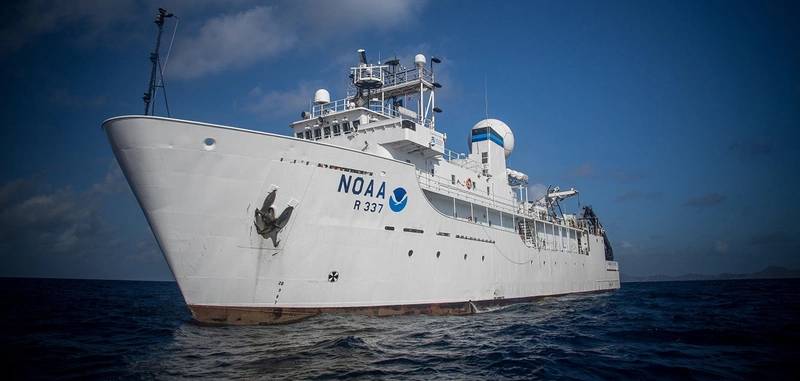
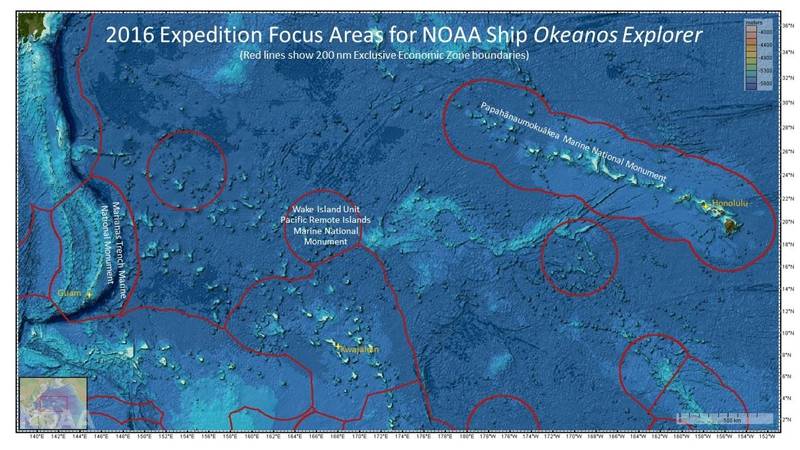
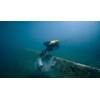



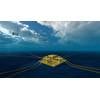








 August 2024
August 2024


